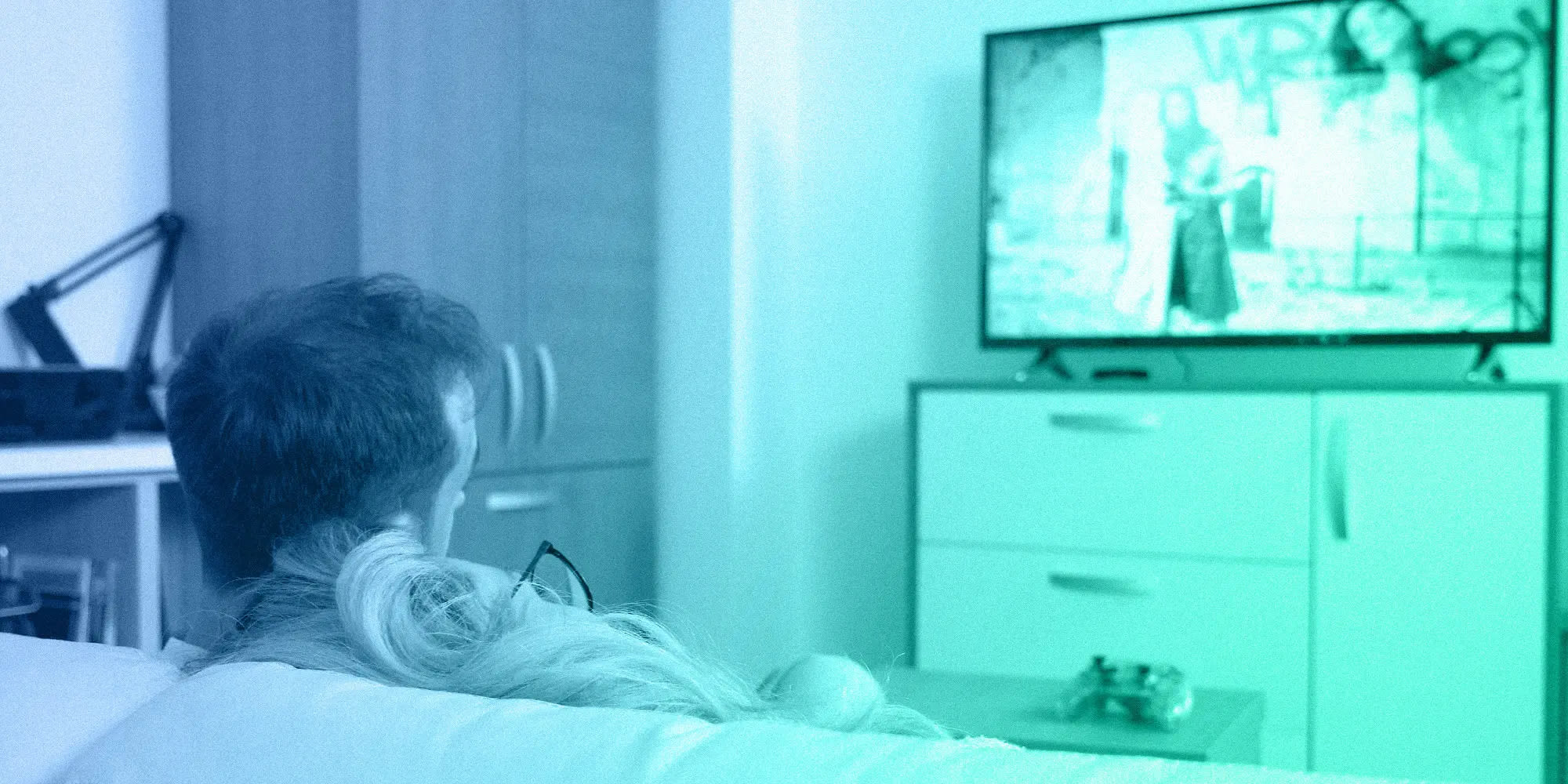SVOD SUCCESS WITH DAILY, WEEKLY, AND MONTHLY ACTIVE USERS
bsp-admin-1 on July 1, 2020
The success of Netflix has established it as a daily destination for its subscribers and the yardstick by which many other OTT services measure themselves against. But this isn’t the only path to viability. SVoD services can still find success with an audience that engages on a weekly and even monthly basis.
One of the main questions in running an SVoD business is how often are subscribers returning to watch content? Are they coming back daily, weekly, or monthly? What is the optimal frequency of return visits to keep customers subscribed long term? The easy answer is, it depends.
In the continuing saga of the Streaming Wars, several companies are building massive content catalogs, spanning genres and categories to reach broad appeal as consumers look to cut the cord from traditional broadcast services. In an effort to become the daily destination for consumers, large services such as Netflix, Hulu, Amazon, etc., invest heavily in licensing and producing original content to increase their appeal and reinforce their value proposition.
Their strategy appears to be working, but there is room in household budgets for a variety of streaming services. A recent study by Parks Associates shows that 76% of U.S. households have at least one video streaming service, and according to nScreenMedia, the average subscriber has more than 3 services. That said, not every service needs to be the daily destination to be a successful one for consumers.
DON’T TRY TO BE ALL THINGS TO ALL PEOPLE
Many OTT services are able to attract loyal subscribers that visit a limited number of times per week by providing fresh content with a very broad appeal. Either new movies for “family night” viewing or a couple of new episodes of a popular show to which they may have exclusive access. These services can compete by providing a deeper catalog of older shows and movies that are less expensive to license but have a broad appeal–less top-level titles but a deeper bench of “role players.” The challenge in this type of service is keeping users engaged when the season ends or top tier content is running thin.
In addition, there are services that have a great deal of success where users check in once or twice a month. Their content usually has a general appeal but is more focused on a particular topic or genre. Users tend to be considered more like group members rather than just subscribers, creating a more tailored experience.
Regardless of the type of service being run, your goal is to keep your users coming back at the appropriate frequency to deliver on your value proposition. We have all heard the expression “content is king” as it applies to managing subscription services. While that’s true, it’s not the only reason for success in finding and retaining subscribers.
No matter the type of service you are running, the reasons for churn are very similar. The main reasons people cancel subscription services are typically price, experience, and content availability to some degree. When we break those reasons down a bit, we often find they’re interrelated.
For example, price is less of a factor in deciding to leave a service. Individual realities change and users have to cut back when times are hard, but price is generally a reflection that the user doesn’t perceive they’re getting enough value for the cost of their subscription. This can really be about the experience of the service:
- Do I have access to enough content?
- Can I find content easily?
- Are the apps easy to navigate?
- Can I access content from multiple devices?
Many times the decision is about the price of the service (I knew that going in) but does the perceived value I am getting meet the price of the service?
If you’re relying on subscribers to come back at least a couple of times per week, make sure content discovery is as seamless as possible. You want subscribers to think, “I’m getting the content I want, as well as discovering new content while I watch the shows I like.” If subscribers are coming back too frequently, they will consume lots of content hours, so guiding them to the next movie and show becomes increasingly important to deliver on that value proposition.
Two key data points in delivering on the frequency of engagement to look at are current and past viewing behavior. These help identify early on when a subscriber shows signs of waning and can allow you to make good recommendations to quickly bring them back.
Brightcove Audience Insights can be a great tool to identify these users and make the right suggestions to keep them engaged and coming back.
IDENTIFYING WHERE USERS ARE IN THEIR VIEWING HABITS
The Engagement Status Over Time Insight (Fig. 1) is invaluable for determining users’ viewing habits. Each user is assigned an Engagement Status based on their most recent viewing pattern. Are they engaged (coming back recently and frequently)? Have they stopped coming back recently or weeks ago? Knowing your users’ viewing habits allows you to customize your messaging based on this status and look at recent consumption to target them at the right time with the right content options.
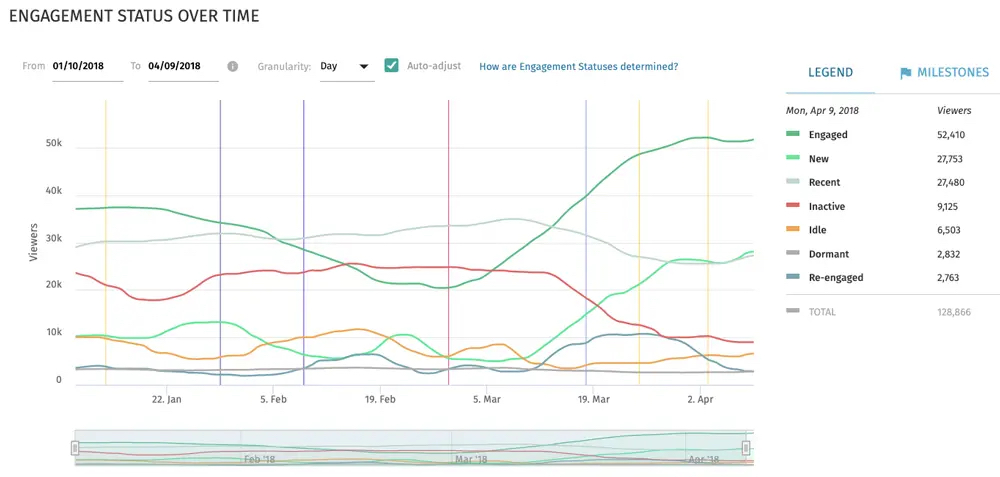 Fig. 1 – Chart of Engagement Status Over Time
Fig. 1 – Chart of Engagement Status Over Time
When the current season of a popular show ends, we often see people start to drift away from a service because they don’t know what to watch next. Identifying this early (within the first couple weeks) is crucial to keeping that customer coming back on a weekly basis before they become idle and decide to cancel their subscription. Identifying these subs quickly and leveraging the Content Explorer in Brightcove’s Audience Insights can help you make the right suggestions so your users discover that next show or movie.
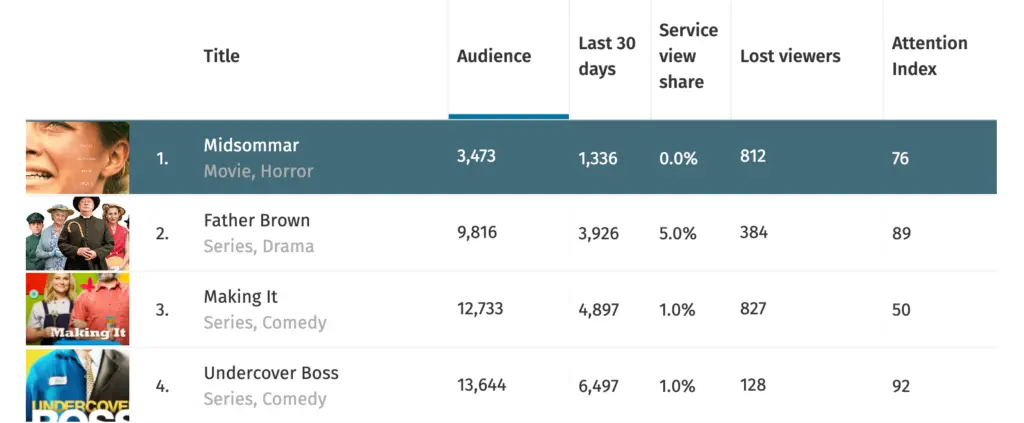 Fig. 2 – Find out how audiences crossover with Content Explorer
Fig. 2 – Find out how audiences crossover with Content Explorer

Fig. 3 – Preset filters allow you to find Hidden Gems, Promotable Shows, and Dynamic Duos in your content catalog
Content Explorer easily identifies which content to promote to your users based on the shows they have been watching by finding key correlations to other shows in your catalog and the consumption behavior of subscribers. Combined with the Attention Index, it allows you to uplevel your suggestions from “people who watched this also watched this” to “people that watched and liked this also watched and liked these shows.” Pre-set filters allow you to find the Hidden Gems, Promotable Shows, and Dynamic Duos (Fig. 3) in your catalog, introducing the right suggestion to subscribers at the right time.
By leveraging the right data and the right tools, you can suggest the content to subscribers they are looking for, on the devices they use, in a timely fashion that ensures a great customer experience and reinforces the value of your service.






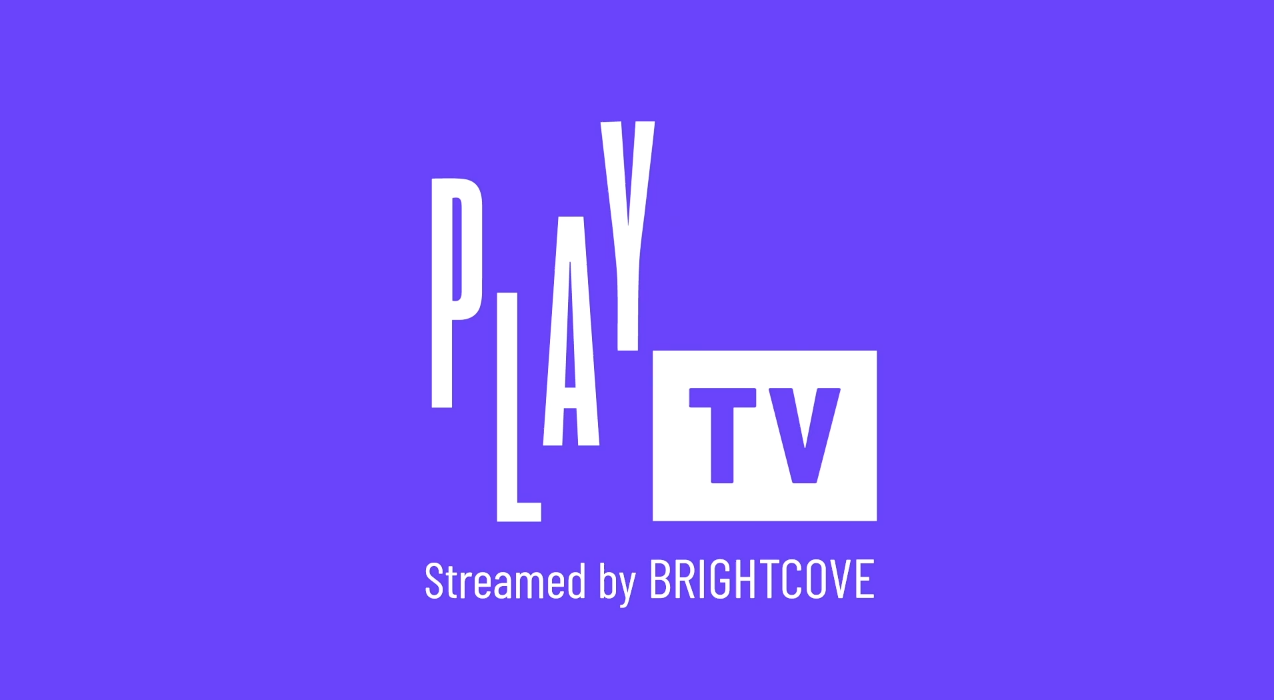


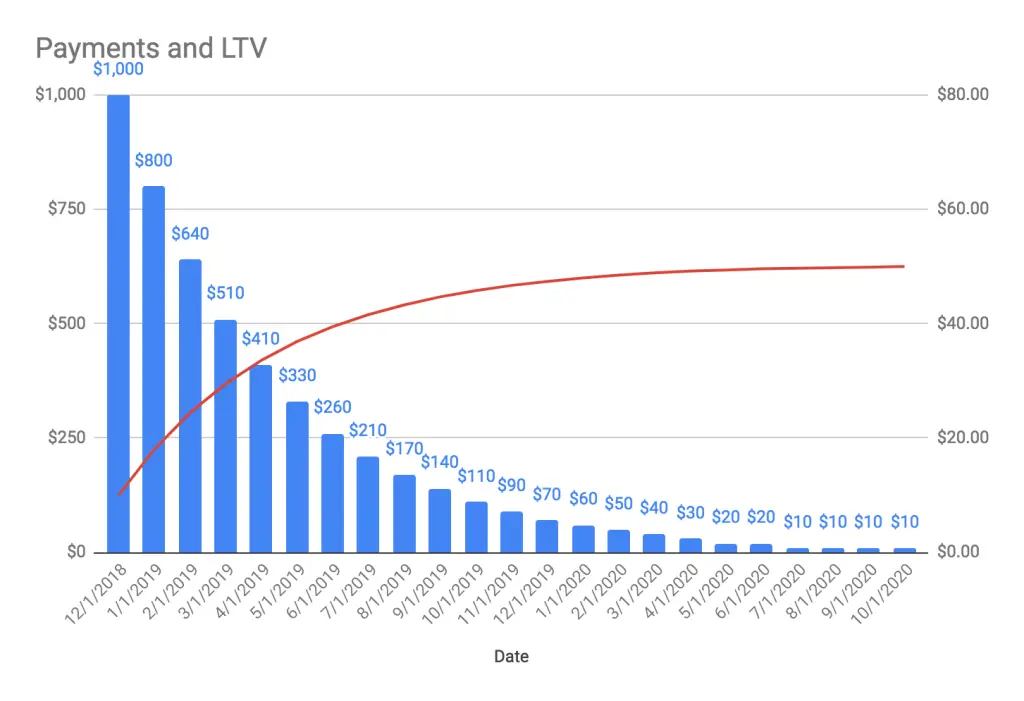 They receive $50 per customer, so now they can allocate some of that to marketing, operations, and content licensing and keep the rest as profit. However, if they did this, they would be underinvesting in their business.
They receive $50 per customer, so now they can allocate some of that to marketing, operations, and content licensing and keep the rest as profit. However, if they did this, they would be underinvesting in their business.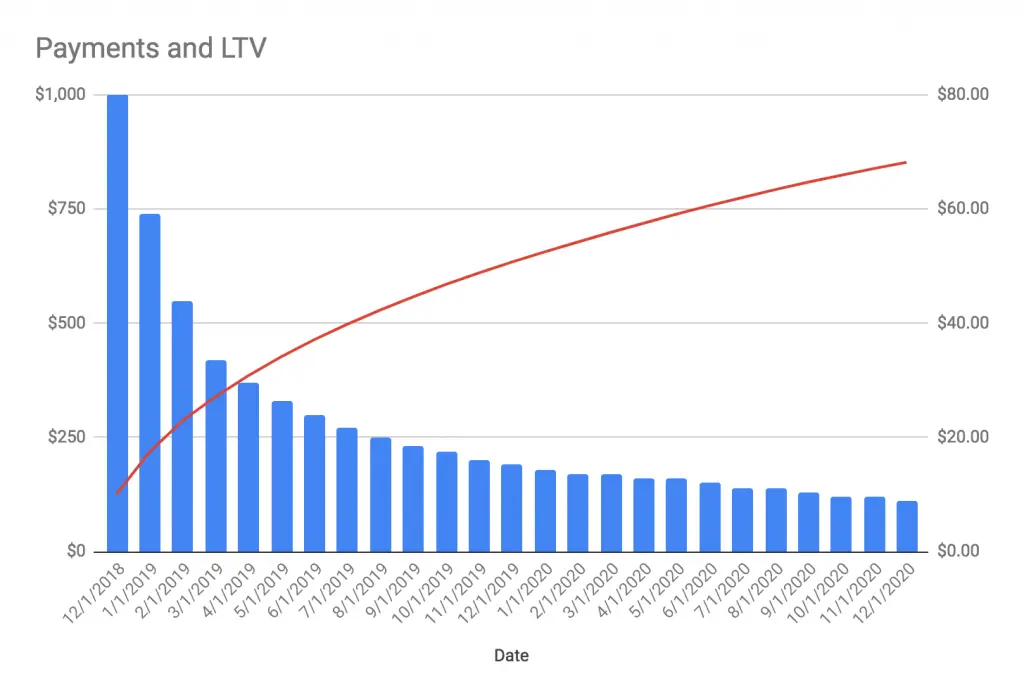 The customer loss curve for our example company, PolarFlix, shows the LTV for this cohort of customers is $66 on October 1, 2020, with over ten customers still active. For a service with 100,000 subscribers, that’s a $1.6 million difference.
The customer loss curve for our example company, PolarFlix, shows the LTV for this cohort of customers is $66 on October 1, 2020, with over ten customers still active. For a service with 100,000 subscribers, that’s a $1.6 million difference.
